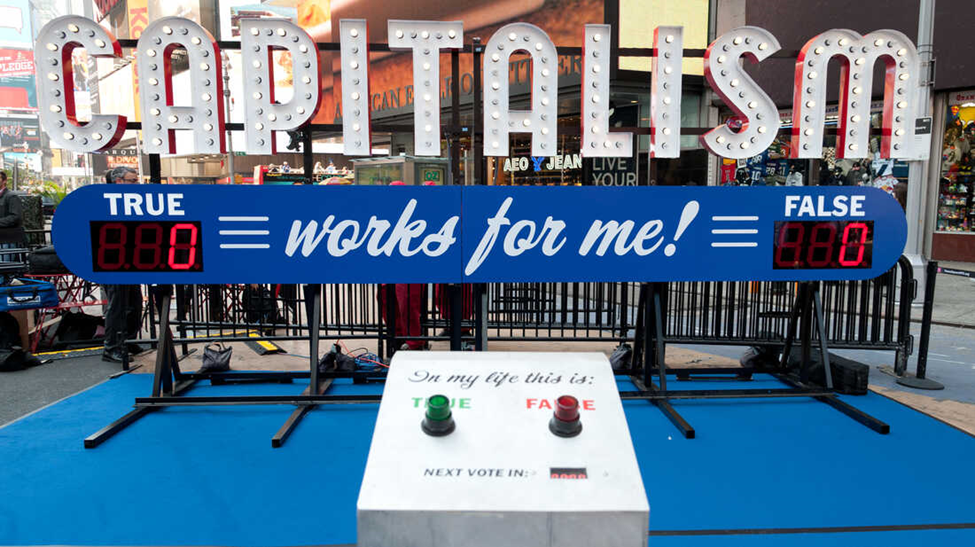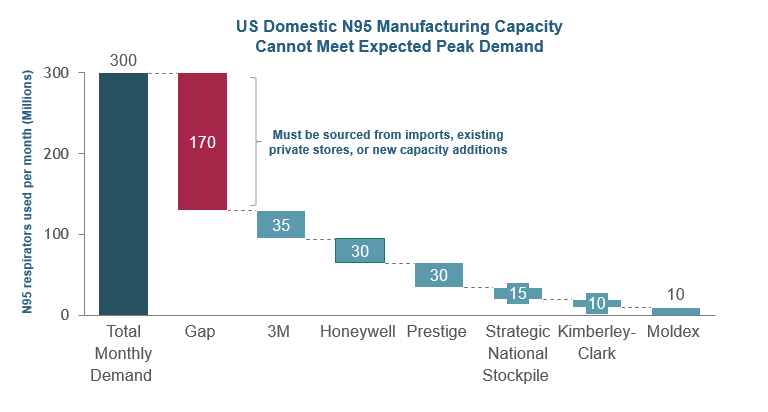The Daily Escape:

Spring snow, Mt. Princeton, CO – April 2022 photo by Haji Mahmood
For the past two years, Covid has thrown the global supply chain into a tailspin. Even though the cargo industry’s ships, trains, trucks, and planes worked full-time, we still have shortages. Now, China’s zero Covid policy is increasing both the uncertainty and costs of efficiently operating the still-choked global supply chain.
From Bloomberg:
“We expect a bigger mess than last year,” said Jacques Vandermeiren, the chief executive officer of the Port of Antwerp, Europe’s second-busiest for container volume, in an interview. “It will have a negative impact, and a big negative impact, for the whole of 2022.”
Bloomberg says that China accounts for about 12% of global trade. It’s recent Covid lockdowns have idled factories and warehouses, slowed truck deliveries and exacerbated container logjams. And since US and European ports are already swamped, this new outage will leave them vulnerable to additional shocks.
China is home to six of the world’s 10 largest container ports. It’s the global economy’s most important manufacturing hub. While most countries have decided to learn to live with the Covid, Beijing has maintained its Zero Covid policy, where even small outbreaks can shut down large population centers and slow economic activity.
It’s taking an average of 111 days for goods to reach a warehouse in the US from the moment they’re ready to leave an Asian factory. That’s similar to the record of 113 set in January 2022 and more than double the time that the same trip took in 2019, according to Flexport Inc., a freight forwarder.
Julie Gerdeman, CEO of supply-chain risk analytics firm Everstream Analytics says:
“Once product export activities resume and a large volume of vessels make their way to the US West Coast ports, we expect waiting times to increase significantly…”
You’d think that after more than two years into this pandemic, America would have realized that single-sourcing much of our industrial production to a dictatorship is a bad idea. One with enormous consequences when something goes wrong.
But we haven’t. US Treasury Secretary Janet Yellen has advocated for what she calls “friend-shoring” meaning reducing our dependence on China and Russia. Brian Ehrig, a partner at the consulting firm Kearney is co-author of a report that found 78% of CEOs are either considering reshoring or have done it already. He says that relocating supply chains:
“…might cost more, but if you can make smaller quantities that you can then sell at closer to full price, you can actually completely change the game…”
Le Monde reminds us that capitalism has created hidden dependencies in Ukraine. It is the main producer of the wiring harnesses that hold together the many electrical cables in a car. They quote Christine Lagarde, president of the European Central Bank (ECB) in a speech in Washington, DC: (brackets by Wrongo)
“Ukraine produces one fifth of Europe’s [harness] output,”
These parts are low value added, but essential in the construction of cars, a perfect outsourcing target for capitalism. Globalization isn’t going to die; but maybe it can evolve. Much of that possible shift hinges on convincing consumers to accept higher prices for the certainty of supply.
For example, once the CDC finally gave us unambiguous advice about wearing masks, there was a huge rush to open mask production facilities in the US. But now they’ve all closed, because it’s cheaper to make masks in China.
Dictatorships can ensure that labor remains cheap. That’s great for capitalists, not so good for people who needed masks in 2020 when China decided to keep most of them for their population. Or, now, when China is still willing to shut down its economy to stop a Covid outbreak.
And, despite all the good will in the world, nobody will make masks in the US if it means their five-dollar boxes of masks go unsold because everyone is buying the one-dollar boxes. Instead, they will complain about how the company asking five dollars is a bloodsucker.
We’re told that capitalism works. That it just does. That just-in-time supply cuts costs for consumers. But does it?

Art installation by Steve Lambert – 2013, Times Square, NYC
It’s proven not to work during an emergency. But what are the chances of re-shoring ever happening? Business school really only teaches one thing: Short-term profits rule and everything else is irrelevant.
After all, America is a business, not a country.
What should be readily apparent is that despite the CEO poll above, our corporate masters are certainly not thinking about systemic change to supply chains. Nor will they, as long as the focus is reducing costs as low as possible for maximum shareholder gain.
The point is that unless business is incentivized otherwise, don’t expect the supply chain to get any better. That incentive must come from the government in the form of tax policy or subsidy.


